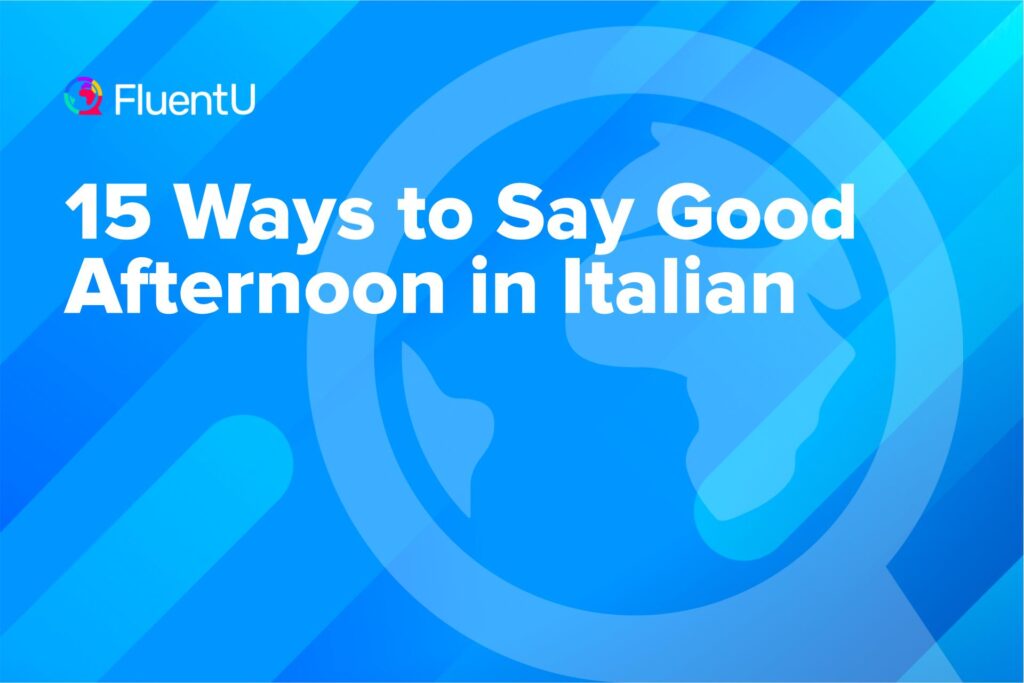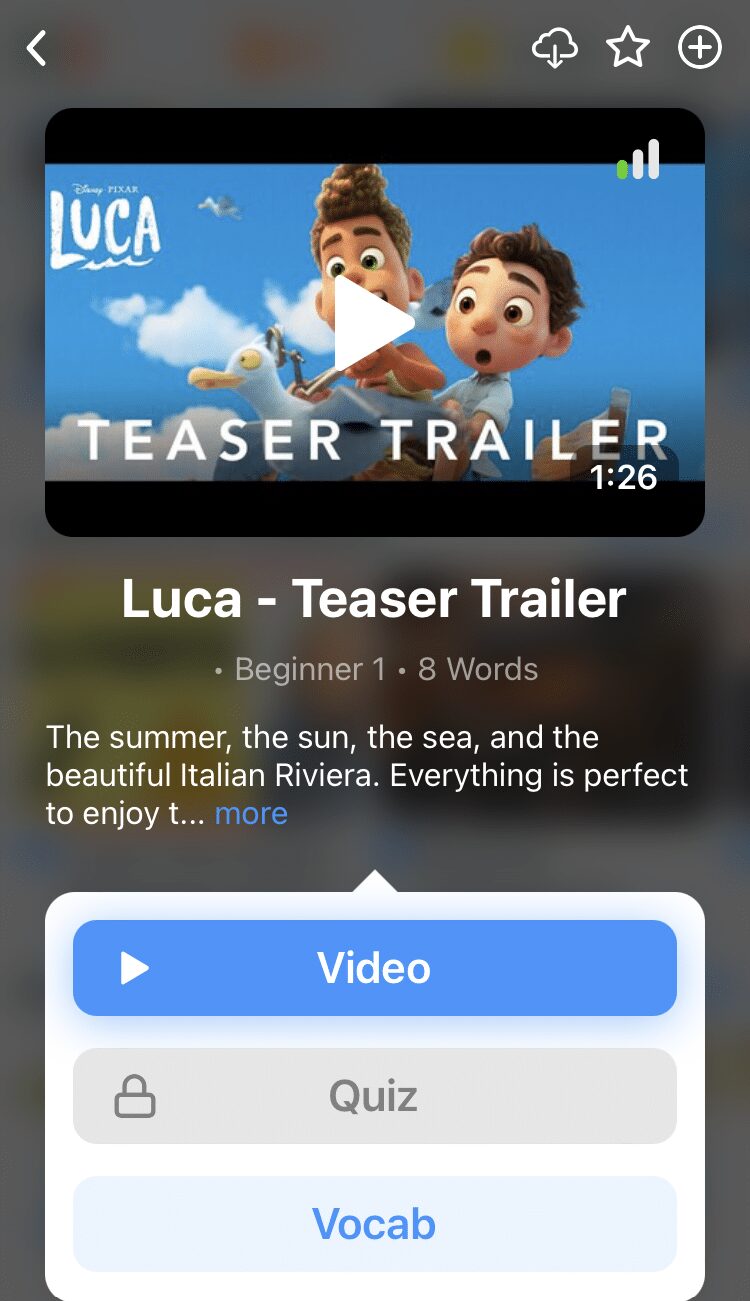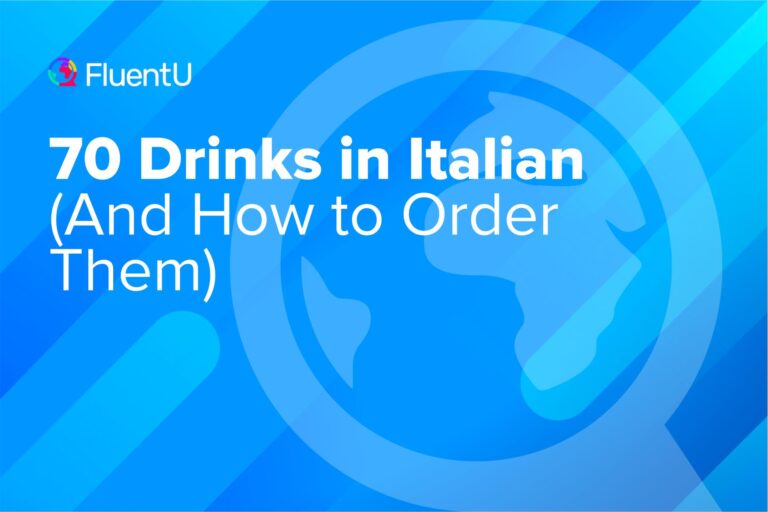15 Ways to Say Good Afternoon in Italian

What Italian greeting do you use between noon and 5 p.m.? Read on to learn the most common ways to say good afternoon in Italian, covering both formal and informal expressions.
See how to say good afternoon, from the standard “Buon pomeriggio” to casual greetings like “Ciao!” and friendly inquiries such as “Come va?”
Download: This blog post is available as a convenient and portable PDF that you can take anywhere. Click here to get a copy. (Download)
Good Afternoon in Italian: Buon pomeriggio
Technically, buon pomeriggio is “good afternoon” in Italian, but people don’t use it all that much except on the news or other more formal situations. It’s also more commonly used in written communication.
The phrase is used more often when you’re leaving and you wish someone a good afternoon. You can also use it when greeting someone, but it’s less common this way.
For everyday conversations, especially with friends and in informal settings, you’ll find the greetings below to be more common and natural.
Formal Ways to Say Good Afternoon in Italian
When you’re greeting someone in a professional or otherwise formal environment, you can use these formal ways to say “good afternoon” in Italian.
Salve — Hello
A versatile and polite greeting that can be used in both formal and informal settings. You can use it to greet someone or say goodbye to them.
Buon giorno — Good day
While primarily used for “good morning,” it can also be used as a polite way to say “good afternoon” in some formal contexts. It’s also used both to say hello and goodbye.
Buona giornata — Have a good day
Literally meaning “good day,” this can be used as a goodbye in the afternoon to wish someone a good rest of the day.
Buon pomeriggio a Lei — Good afternoon to you
Adding “a Lei” makes it more formal, showing respect and politeness. It’s a formal way to reply to someone who greeted you.
Informal Ways to Say Good Afternoon in Italian
Say hi to your friends in the afternoon using these phrases.
Ciao! — Hi!
This is one of the most versatile and widely used Italian greetings. You can use it with friends, family, or acquaintances in both casual and informal settings.
It’s equivalent to saying “hi” or “hello” in English and can be used in the afternoon or any other time of day.
Ehi! — Hey!
This is a casual and friendly greeting that you can use with friends or people you know well. It’s a bit more relaxed than “Ciao.”
Ciao bella! — Hi, beautiful!
This is a playful and affectionate way to greet someone, often used between friends or in a flirty context. It’s important to use it with people you’re close to, as it can be perceived as forward. Check out more uses of bello/bella here.
Che succede? — What’s up?
This is an informal way to ask how someone is doing or what they’re up to. It’s suitable for casual conversations with friends.
Come va? — How’s it going?
“Come va?” is a common way to inquire about someone’s well-being or current situation. It’s suitable for casual interactions with friends and acquaintances.
Tutto bene? — Everything good?
This is another way to ask about someone’s well-being in a casual manner. It’s often used in a friendly and caring context.
Ehilà! — Hey there! (Casual)
This cheerful and informal greeting can be used with friends or in relaxed social settings.
Ciao amico / amica! — Hi, friend!
This is a straightforward way to greet someone informally when you want to convey friendliness and familiarity.
Guarda chi c’è! — Look who’s here!
Use this one when you run into someone unexpectedly.
‘Giorno! — Morning!
This is a shortened version of “Buon giorno” and is used informally with friends or in casual situations.
As you can see, it’s important to consider the formality of a situation when saying “good afternoon” in Italian. To help understand how to use these formal and informal phrases, you could try searching for some of them on FluentU to see how they are used in context by native speakers.
FluentU takes authentic videos—like music videos, movie trailers, news and inspiring talks—and turns them into personalized language learning lessons.
You can try FluentU for free for 2 weeks. Check out the website or download the iOS app or Android app.
P.S. Click here to take advantage of our current sale! (Expires at the end of this month.)
Responses to “Good Afternoon” in Italian
So, someone says “good afternoon” to you in Italian. Now what?
Don’t panic! Just use any of these appropriate responses to the greeting:
- Buon pomeriggio! — Good afternoon! (You can simply reciprocate the greeting.)
- Buon pomeriggio anche a te! — Good afternoon to you too!
- Grazie, anche a te! — Thank you, you too!
- Ciao! — Hi! (Casual.)
- Ciao, come stai? — Hi, how are you?
If your greeter follows up their good afternoon by asking how you’re doing, here are some ways to respond:
- Bene, grazie. E tu? — Good, thank you. And you?
- Tutto bene ! — Everything’s good!
- Grazie, sto bene. — Thank you, I’m fine. (Polite.)
- Molto bene, grazie. — Very well, thank you.
- Alla grande ! — I’m doing great!
Common Italian Afternoon Vocabulary
To keep the conversation going, you can use these vocabulary words related to the afternoon and afternoon activities in Italian.
| Italian | English |
|---|---|
| Andare al cinema | Go to the cinema |
| Fare un picnic | Have a picnic |
| Fare un'escursione | Go on a hike |
| Fare una gita in bicicletta | Go biking |
| Fare una grigliata | BBQ |
| Fare una partita | Play a game |
| Fare una passeggiata | Take a walk |
| Fare un giro in barca | Take a boat ride |
| Fare una pennichella | Take a nap |
| Fare uno spuntino | Have a snack |
| Giocare all'aperto | Play outdoors |
| Gustare un gelato | Enjoy ice cream |
| Il balcone | Balcony |
| Il caffè | Coffee |
| Il formaggio | Cheese |
| Frutta | Fruit |
| Il giardino | Garden |
| Il panino | Sandwich |
| Il pomeriggio | Afternoon |
| Riposare | Rest |
| Il tiramisù | Tiramisu |
| Il vino rosso | Red wine |
| L'aria aperta | Fresh air |
| L'insalata | Salad |
| L'orario diurno | Daytime hours |
| La birra | Beer |
| La giornata | Daytime |
| La lettura | Reading |
| La luce del sole | Sunlight |
| La merenda | Snack |
| La passeggiata | Stroll |
| La pausa pranzo | Lunch break |
| La terrazza | Terrace |
| La tranquillità | Tranquility |
| Le attività pomeridiane | Afternoon Activities |
| Leggere un libro | Read a book |
| Lo shopping | Shopping |
| Passeggiare nel parco | Walk in the park |
| Preparare un caffè | Make coffee |
| Preparare un tè | Make tea |
| Preparare la cena | Prepare dinner |
Use any of these greetings as the afternoon fades away… then move on to ways to say good night in Italian!
Download: This blog post is available as a convenient and portable PDF that you can take anywhere. Click here to get a copy. (Download)
And One More Thing...
If you're as busy as most of us, you don't always have time for lengthy language lessons. The solution? FluentU!
Learn Italian with funny commericals, documentary excerpts and web series, as you can see here:

FluentU helps you get comfortable with everyday Italian by combining all the benefits of complete immersion and native-level conversations with interactive subtitles. Tap on any word to instantly see an image, in-context definition, example sentences and other videos in which the word is used.

Access a complete interactive transcript of every video under the Dialogue tab, and review words and phrases with convenient audio clips under Vocab.

Once you've watched a video, you can use FluentU's quizzes to actively practice all the vocabulary in that video. Swipe left or right to see more examples of the word you’re on.

FluentU will even keep track of all the Italian words you’re learning, and give you extra practice with difficult words. Plus, it'll tell you exactly when it's time for review. Now that's a 100% personalized experience!
The best part? You can try FluentU for free with a trial.
Start using the FluentU website on your computer or tablet or, better yet, download the FluentU app from the iTunes or Google Play store. Click here to take advantage of our current sale! (Expires at the end of this month.)








